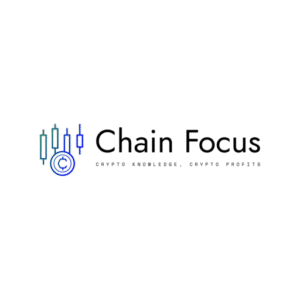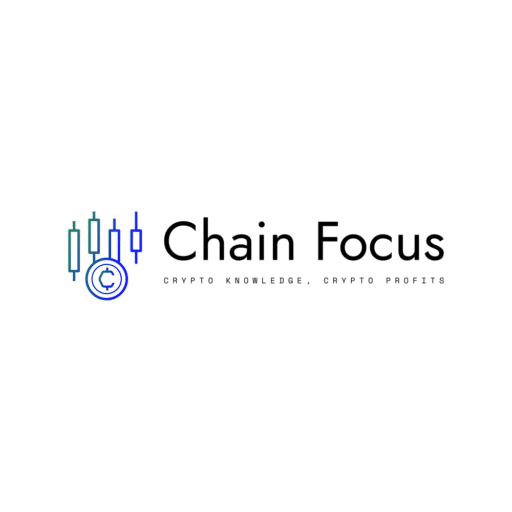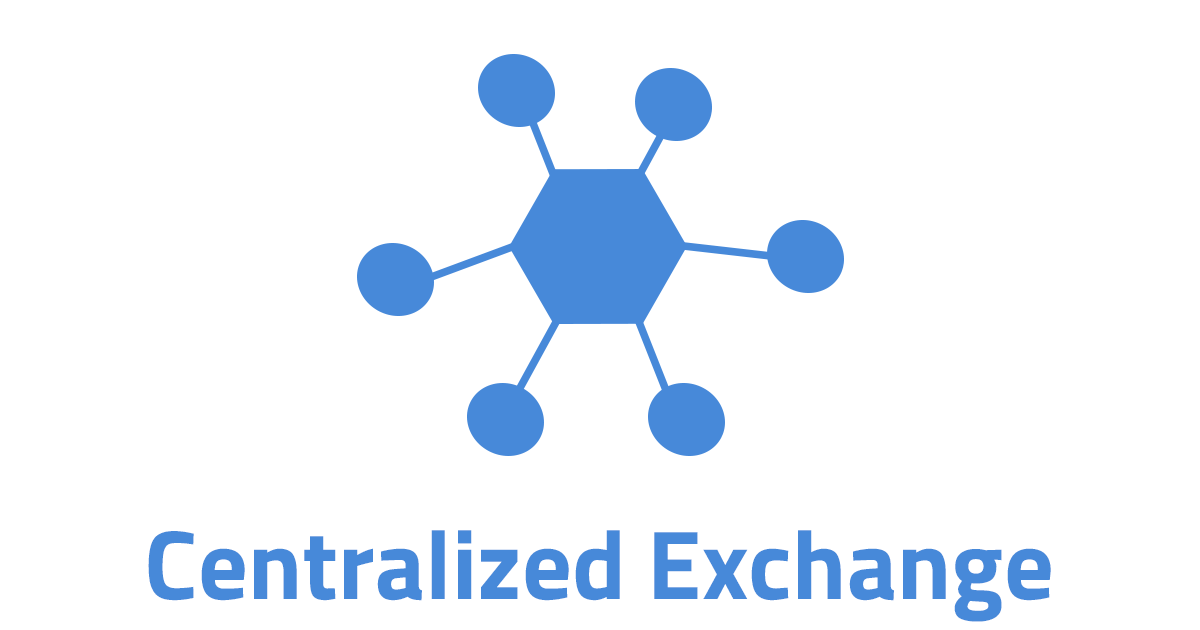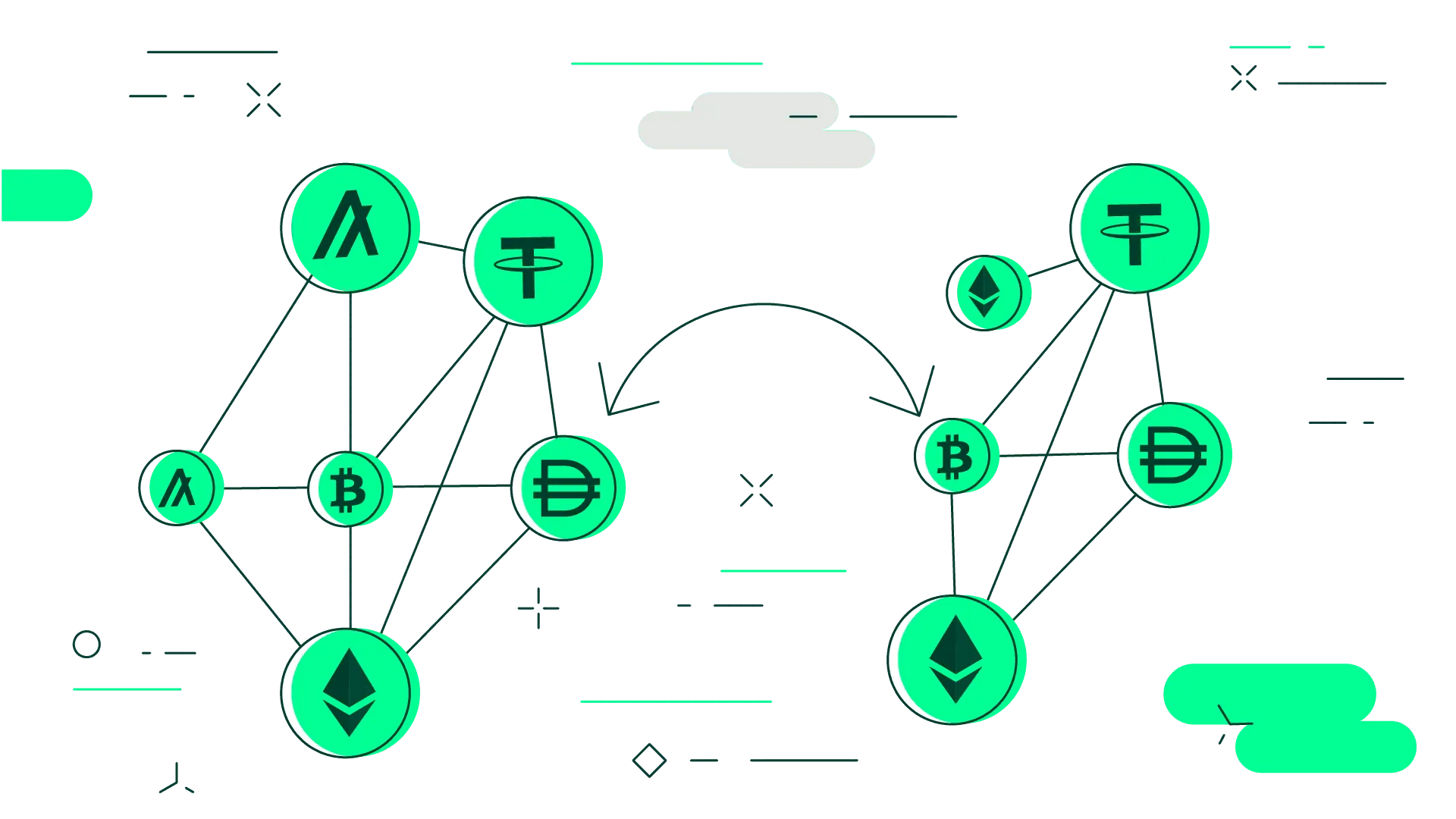DeFi promises global financial freedom without banks—but tangled smart contracts and massive hacks reveal a risky new frontier you can’t ignore.
What is DeFi in Crypto? If you’ve been anywhere near the cryptocurrency world in recent years, you’ve probably heard the term DeFi thrown around like it’s the next big thing. Well, it is. But what exactly is DeFi, and why should you care?
DeFi stands for decentralized finance. It’s a movement that uses blockchain technology to recreate traditional financial systems, but without the banks and middlemen. Instead of relying on centralized authorities, DeFi works on smart contracts—self-executing code that runs on a blockchain like Ethereum. This means you can lend, borrow, trade, and earn interest, all through automated protocols online.
“DeFi enables permissionless access to financial services globally, pushing the boundaries of what money can do.” — ConsenSys, a leading Ethereum software company.
At its core, DeFi replaces trusted institutions with algorithms. Sounds simple but it’s revolutionary. No bank manager, no paperwork, and no waiting in line. Instead, anyone with an internet connection can participate in a worldwide financial ecosystem.
Lending Protocols: Money on Your Terms
One of the most popular DeFi applications is lending. Protocols like Aave and Compound allow users to lend cryptocurrency and earn interest or borrow funds by putting up collateral. It works like this: you deposit your crypto assets into a smart contract, which then loans it out to borrowers who pay interest. This interest is redistributed to lenders. Simple, efficient, and, surprisingly, quite lucrative.
Here’s the catch—borrowers need to provide collateral, often more than they borrow, to protect lenders in case of default. This over-collateralization keeps the system solvent but can be a barrier for some people.
Automated Market Makers (AMMs): Swapping Without Middlemen
Forget traditional crypto exchanges that match buyers with sellers. DeFi employs automated market makers (AMMs), decentralized protocols that use liquidity pools instead of order books. Popular AMMs like Uniswap and SushiSwap let you trade tokens directly from your wallet.
You provide liquidity by depositing pairs of tokens into a pool and earn fees from trades. The algorithm sets prices based on supply and demand, and because it’s all on-chain, no central entity controls it. Pretty cool, right?
Stablecoins & Collateralization: Keeping Crypto Steady
Volatility is crypto’s middle name. Stablecoins are cryptocurrencies pegged to stable assets like the US dollar to reduce that wild ride. DeFi often uses stablecoins as collateral or as lending/borrowing mediums. For example, in MakerDAO’s protocol, users deposit crypto assets to mint DAI, a decentralized stablecoin. This system maintains DAI’s value relative to the dollar through complex smart contracts and incentives.
Without stablecoins, DeFi wouldn’t have a steady foundation to build on. Think of them as the anchor in a sea of price swings.
The Upside: Why DeFi Matters
- Financial Inclusion: No bank? No problem. Anyone can access DeFi services if they have internet.
- Transparency: Every transaction is recorded on the blockchain, open for all to see.
- Control: You truly own your crypto assets, not some bank or government.
- Innovation: New financial products pop up nearly every day, disrupting traditional finance.
Sounds like a perfect system, right? Not quite.
The Risks: Smart Contracts Aren’t Always Smart
DeFi’s power lies in smart contracts, but they’re just code. Sometimes that code has bugs or vulnerabilities. Hackers love sniffing out cracks and exploiting them. Look at what happened with the infamous Poly Network hack in 2021 when over $600 million was drained—though most was later returned.
“The biggest threat to DeFi is security flaws, and users need to understand the risks linked to smart-contract exploits.” — Chainlink, a decentralized oracle network.
Moreover, the system’s complexity means it can be hard to understand for newcomers. Missteps, like sending funds to the wrong contract, can be costly with no customer support to call. The decentralized nature can be a double-edged sword.
In summary, DeFi is transforming how we think about money. It takes many traditional finance features—lending, borrowing, swapping—and reshapes them with blockchain tech, smart contracts, and open access. The potential for innovation is huge, but so are the risks. As always, it’s a wild ride.
Sources:
- ConsenSys – What is DeFi?
- Chainlink – DeFi Risks and Opportunities
- CoinDesk – What is Decentralized Finance?





